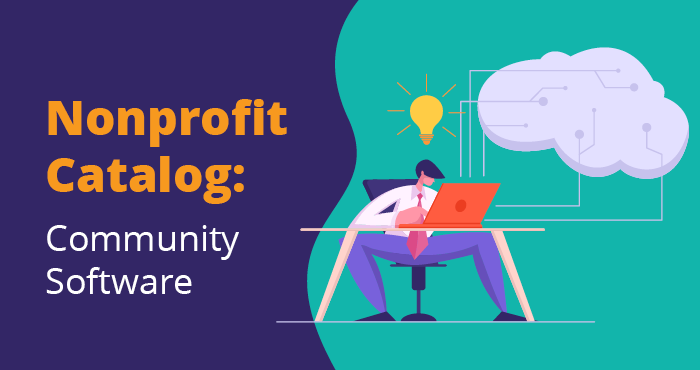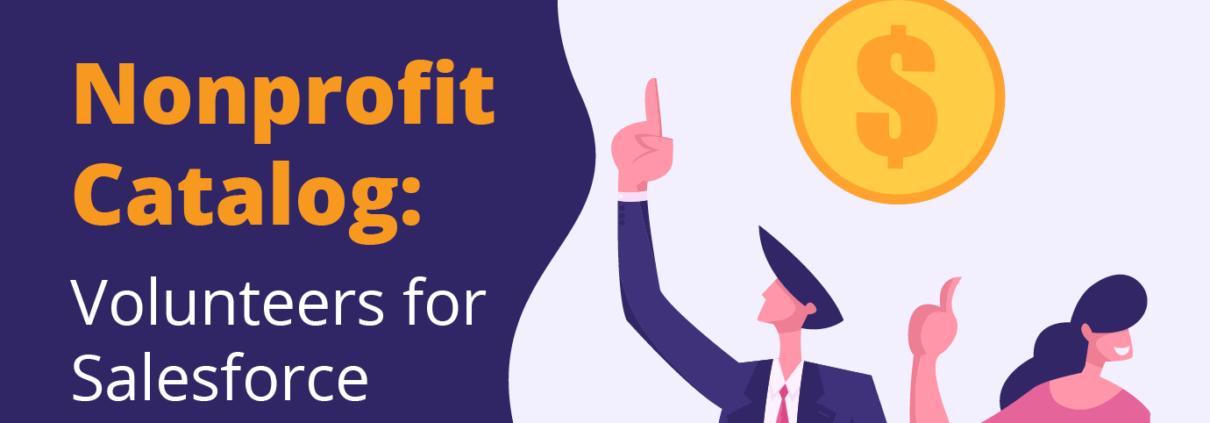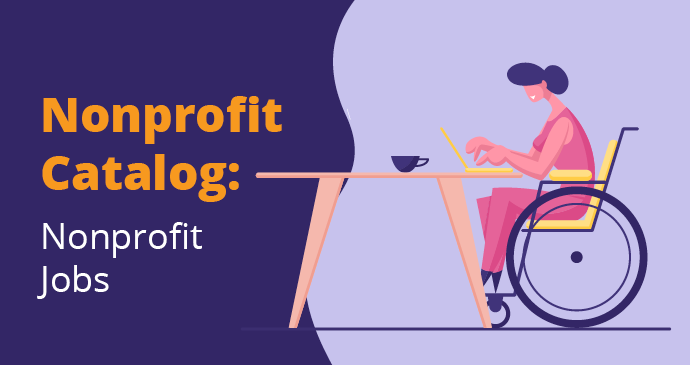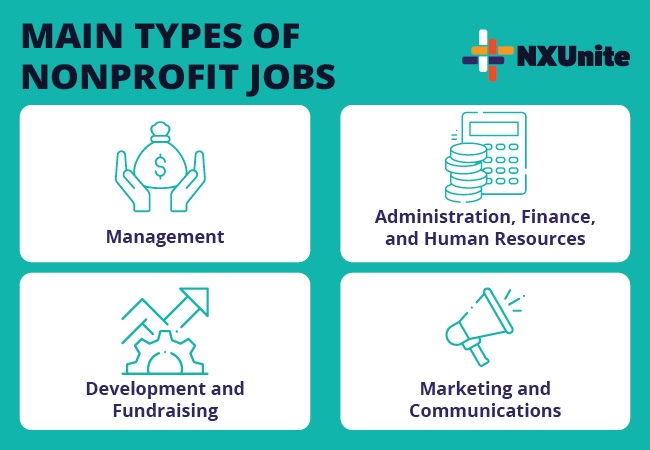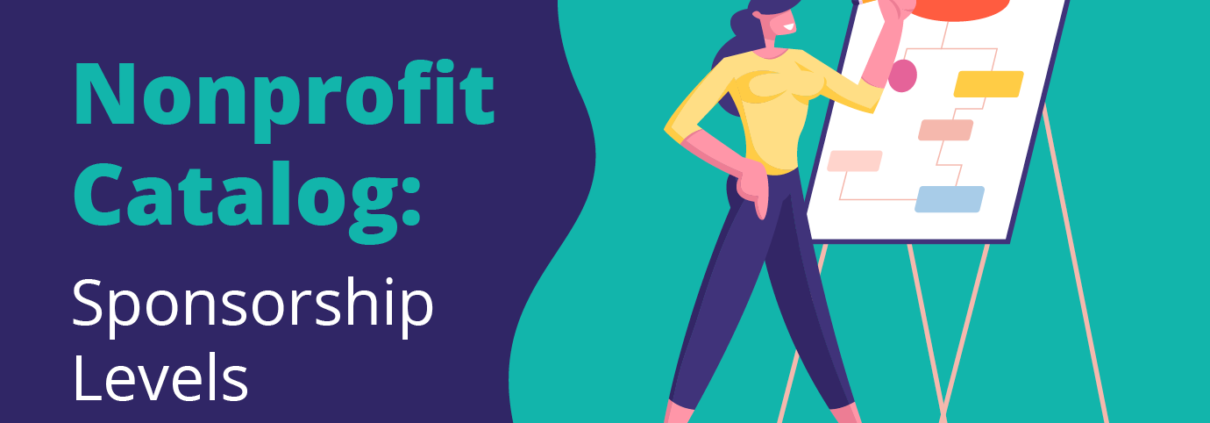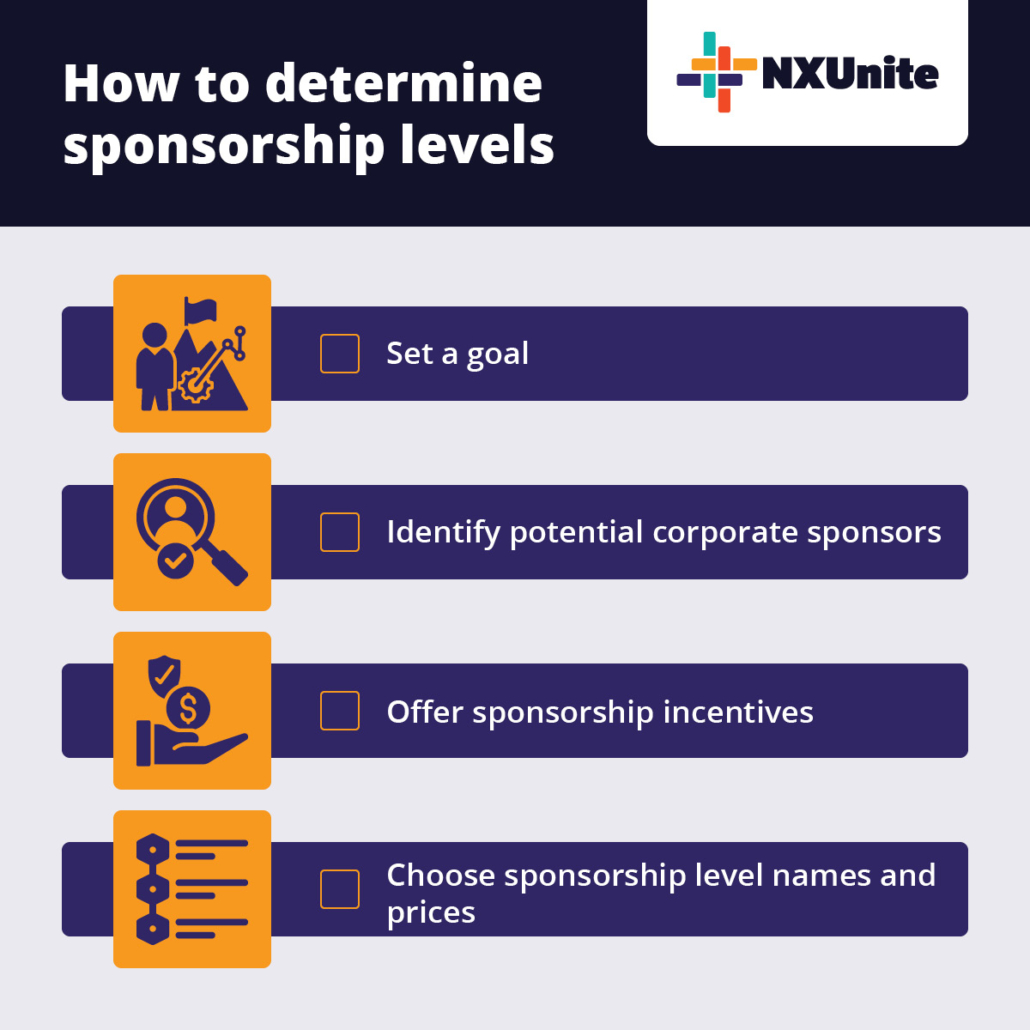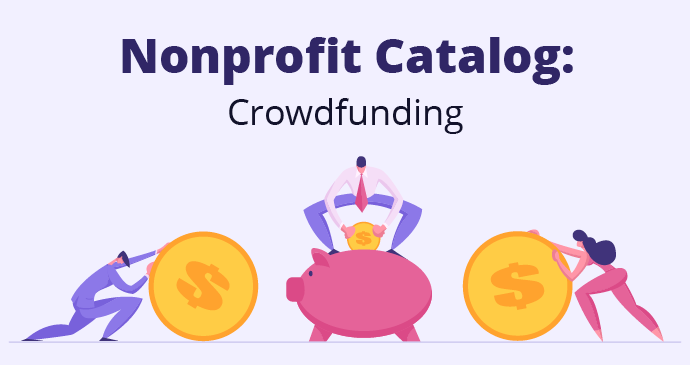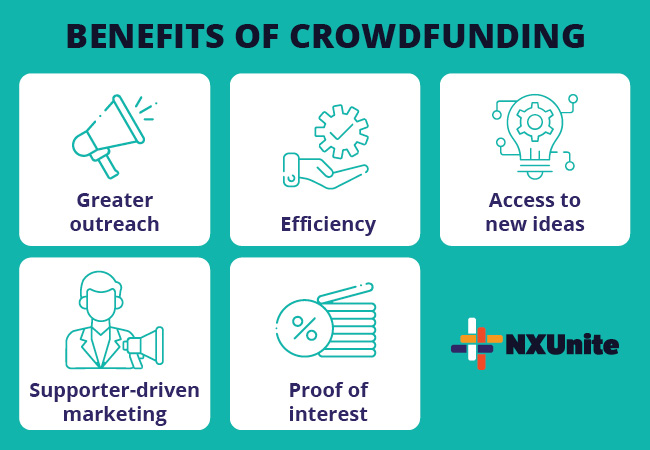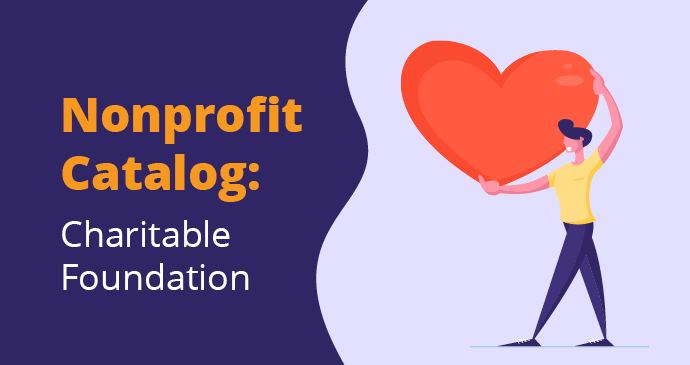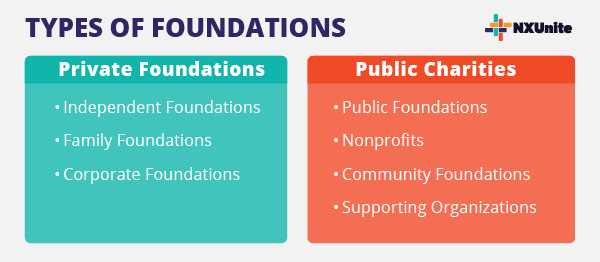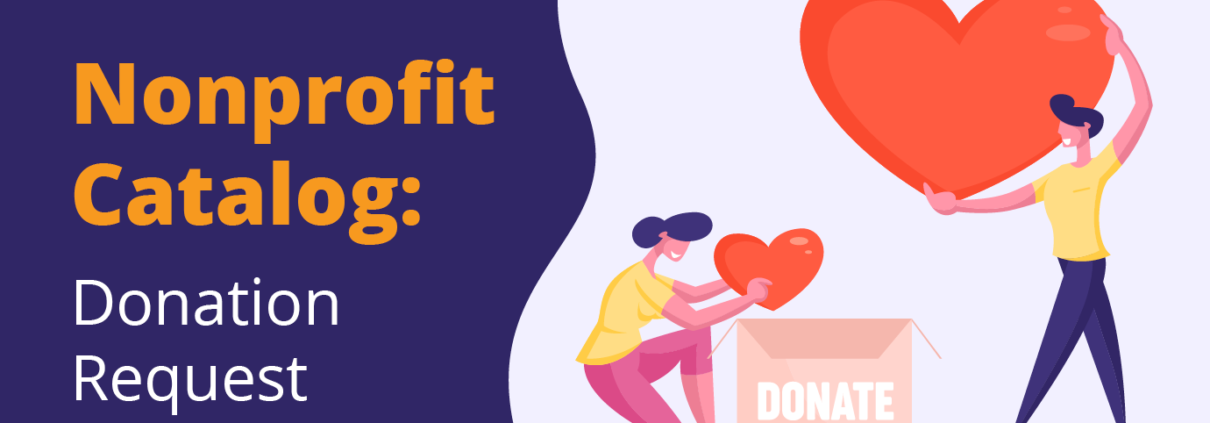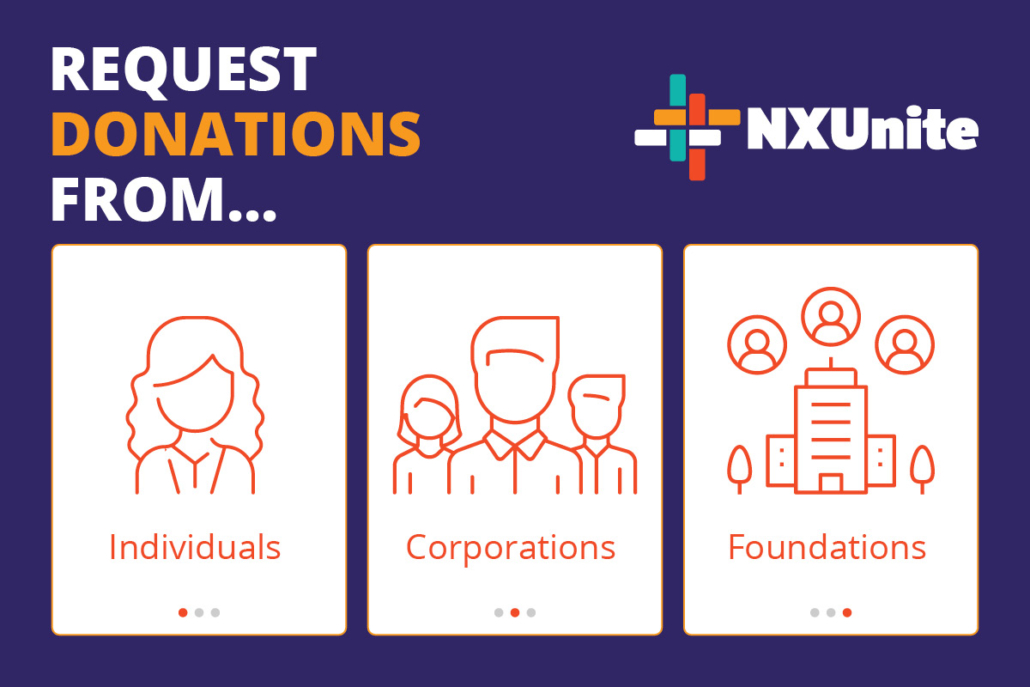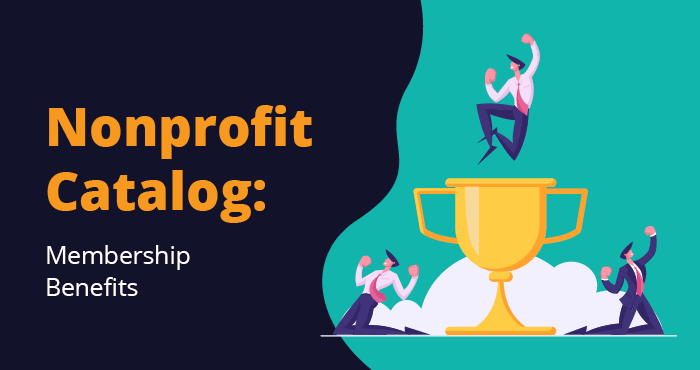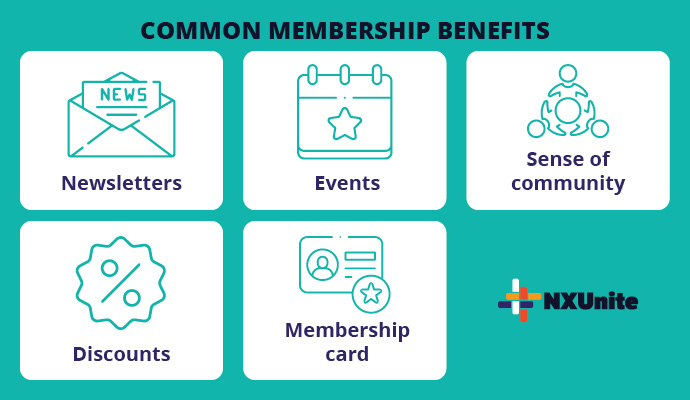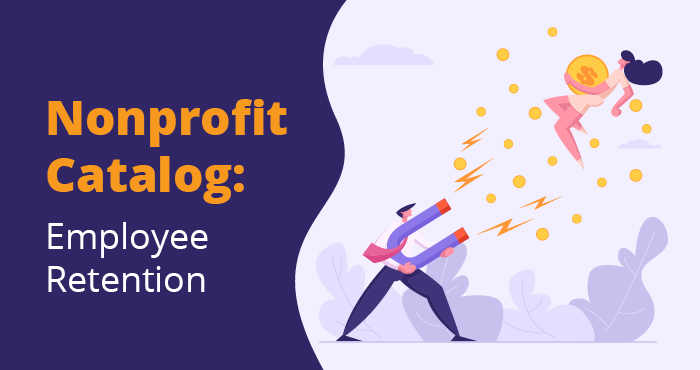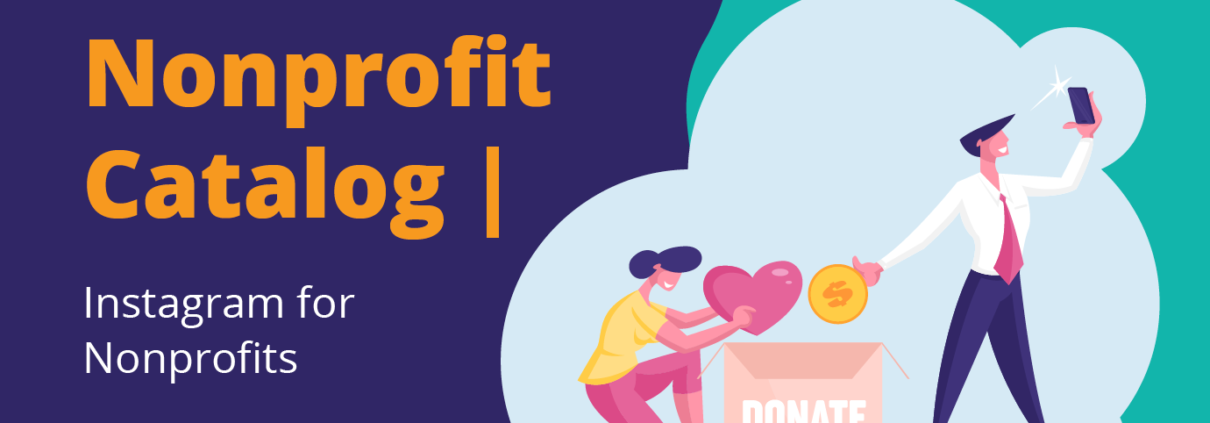Community Software — Nonprofit Catalog
Spreadsheets, paper forms, and disconnected online sign-ups can make any community member shy away from filling out another registration form. Sadly, this means that many unique community events lack the right management system to realize their full potential. Without an organized management system, even the best marketing efforts are stunted by a slow registration process.
Community software resolves the problem of chaotic registration by inviting community members to sign up via innovative software. This solution is perfect for any organization looking to implement a cleaner, more centralized sign-up process. Let’s tackle some community software basics.
What is community software?
Community software provides a painless sign-up process for individuals and families attending events and programs hosted by parks and recreation centers, aquatic centers, sports leagues, and schools. It’s a streamlined system that makes all memberships, classes, and registrations readily accessible through one account.
This means that community members only need to fill out their information once to sign up for multiple programs. For instance, if all applicable organizations are housed within the software, an individual could register for a recreational soccer league, art class, and fundraising 5K by only registering one time.
Additionally, platforms like CommunityPass offer specialized features that help your organization stay consistent with the latest community updates. Customizable reports, facility management, and simplified payment processing are a few of the tools that can help your organization enhance its online platform.
Community Software Features
When all of your organization’s registration data are stored in a centralized location, you can speed up the sign-up process while gathering new information. Here are some potential community software features to leverage:
- Online Registration and Purchases. Community software conveniently allows individuals to register for multiple events from various organizations. Your organization can offer tickets and branded merchandise for community members to purchase as well.
- Facility Management and Calendar. Manage your organization’s schedule with built-in systems like facility requests and recurring reservations. Delegate tasks and empower your staff by keeping a clean calendar.
- Activity Management. Regulate all aspects of your planned activities from attendance to pick-ups and any changes in between. Community software keeps all activity updates in one place so that your organization can focus on running your activity smoothly the day-of.
- Online Payment Methods. Offer a variety of payment methods for community members to use while observing PCI (payment card industry) regulations. Online payment processing simplifies the registration process for customers and makes it easier for organizations to manage registration funds and refund requests.
- Reporting. Use pre-made report templates or use community software to create your own report to evaluate your organization. Customizable reporting can provide valuable statistics to assess factors like financial health and attendance rate.
All of these features can translate into saved money and increased attendance for your organization. In other words, faster sign-ups mean more sign-ups.
What can community software do for your organization?
Now that we’ve covered some of the perks community software provides community members, what are some more specific, organizational advantages of using community software? Your organization can use this tool to:
- Free up your staff’s time. If your software is managing your incoming registration forms, you can free up your staff’s time to focus on your mission. You can use more staff to focus on big-picture campaign planning instead of the minutia of registration management.
- Attract new members. Now that regular members are accounted for and enjoying their memberships, focus your organization’s time on community outreach. Discover gaps in attendance rates and create promotional opportunities to reach new members.
- Target your marketing efforts. Use data and reporting to discover your target audience. Send unlimited SMS to targeted contact lists to streamline your communication efforts for faster results.
- Elevate basic operations. Are there areas within your organization that could use a tune-up? Optimize your base-level operations by hiring for new positions or reconstructing existing management flows.
- Increase individual donations. Community software includes a donation button in your registration form so that participants can easily become donors. Tax write-offs are also available for donors to implement.
Community software makes registration more readily accessible by transforming loose items like tickets, registrations, memberships, passes, and ID cards into trackable data. This way, your organization can reap the benefits of centralized management and community members can enjoy efficient sign-ups.
Additional Resources
- Nonprofit Catalog – Read up on more nonprofit essentials by exploring our Nonprofit Catalog.
- How to Start a Fundraiser: The Nonprofit’s Ultimate Guide – Realize your fundraising potential with NXUnite’s comprehensive fundraising guide.
- Recreation Software – Upgrade your recreation management system with these tips.
